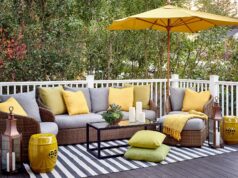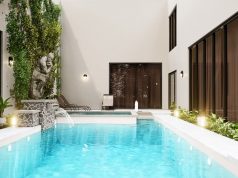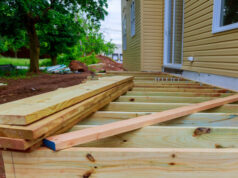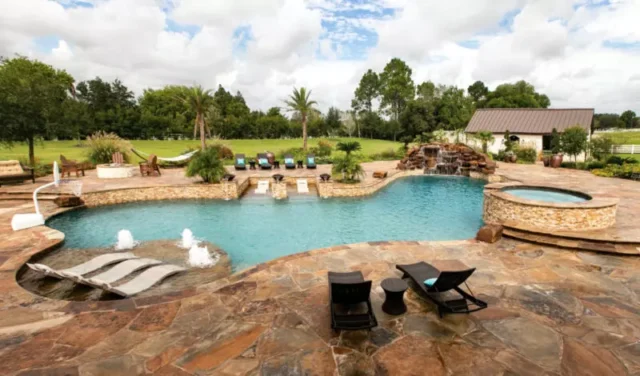
A swimming pool is one of the best additions many homeowners prefer to have in their backyard. You can make your dream pool into reality by picking a suitable design and pattern that goes well with your home’s style. There are plenty of factors that affect the pool shape and the overall appearance.
6 Considerations To Determine The Ideal Shape For Your Pool In the Backyard
Check out the below-listed factors which can help you pick the right shape for your backyard pool.
1. Think About Available Space
The primary thing to consider while determining the decent pattern for your pool is checking the total space available. Consider the current landscape and any future additions you might want to make. These might be water features or yard landscaping components.
You have a wider selection of pool shapes to pick from if your property is bigger. However, if your property is smaller, you should pick a pattern with a smaller footprint. Go with a rectangular-shape if your backyard is small and you want to optimize square footage. A freeform-pattern is more suitable for properties with uneven shapes.
2. Think About Your Home’s Style
Make sure the pool completes your home when you install it in your backyard. If it has an unmatching configuration, it will look odd next to your house or other landscape elements. Therefore, while choosing the pattern of your pool, it is crucial to think about how you wish the yard to appear. Determine whether you want to have a contemporary design, a natural-looking sanctuary vibe, or a layout that goes well with the architecture of your house.
3. Type Of Pool
Determine the type of pool you want in order to finalize the shape. The only restriction on pattern for a vinyl-lined design is your creativity. In contrast, a fiberglass model is only available in a small selection of predefined structures. You can contact the professionals at gordonave.com.au who can build the swimming pool in any pattern and ensure quick installation.
4. Functionality And Usage
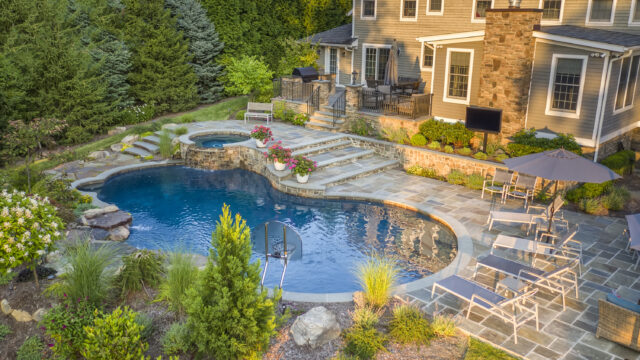
The basic use of the pool is for swimming. However, a lot of individuals have certain goals in mind as to how they will utilize the pool that varies from one another. The way you intend to utilize it will affect which pattern is decent for your necessities.
- For sports activities and swimming laps, rectangle patterns are ideal.
- Go with an L structure, rectangle, or kidney-shape for diving as they encompass the deep end.
- Consider an ordinary pattern in case kids often want to play in the water. Jagged curves and isolated corners will likely make it hard to maintain and track kids.
- If you prioritize lounging, an oval, round, oval, free-form, or kidney-shaped design is ideal.
- An L-pattern, figure 8, or kidney structures are suitable if you wish to establish a specific space for particular water activities.
5. Total Budget
Outlining a budget and working within it is vital before starting the pool installation procedure. Your choice of pattern may also be influenced by your budget. If you have a tight budget, a small and regular shape may be more appropriate and less expensive. However, if money is not an issue, you might want to think about more elaborate and unique in-ground designs.
6. Extra Features
Create a chart of every extra feature you want to have in your pool. Although most characteristics may be added to any pattern, some naturally complement a few configurations more than others. Additionally, you should ensure that the additions you desire are considered while building it.
You should talk to your designer about pool fencing, adding slides, ledges, diving boards, fountains, waterfalls, and even outside features such as decking. In addition, keep in mind that particular patterns are required for the use of distinct functional components, such as automated pool covers.
What Are Different Pool Shapes
Here are the different pool shapes many homeowners prefer to have in their homes.
Rectangular models
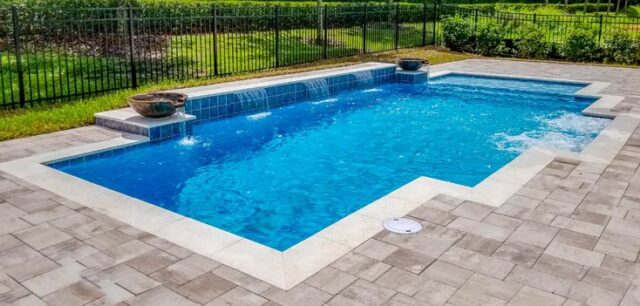
The lengthy, narrow rectangular pattern makes them ideal for laps. They are designed for functionality and exercise. Rectangular models can be as long or as thin as you choose, and they can suit several backyard areas.
L-Shaped models
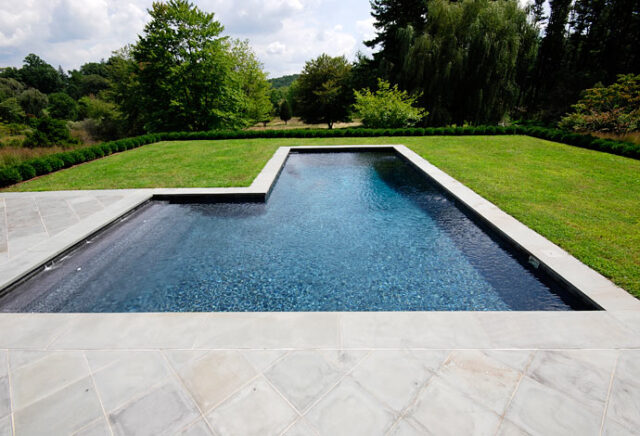
The “lazy L” has a bottom part that is somewhat shorter than the “genuine L,” which is a flawlessly formed capital “L.” L-patterned pools are perfect for backyards or even courtyards that have unusual shapes.
Circular models
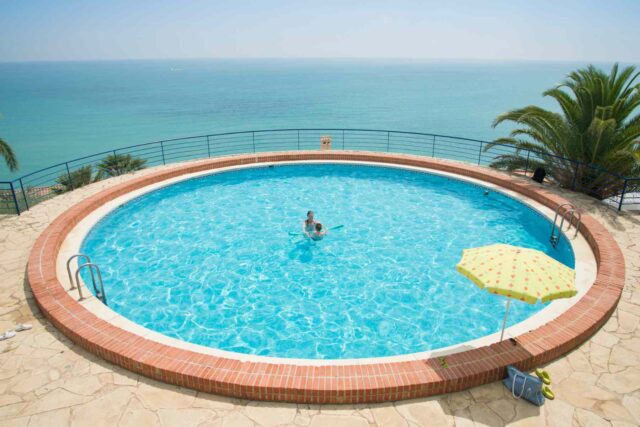
Simply put, circular models are swimming areas that are precisely rounded. This style of pool works well in expansive, open backyards since it takes up a lot of room.
Oval models
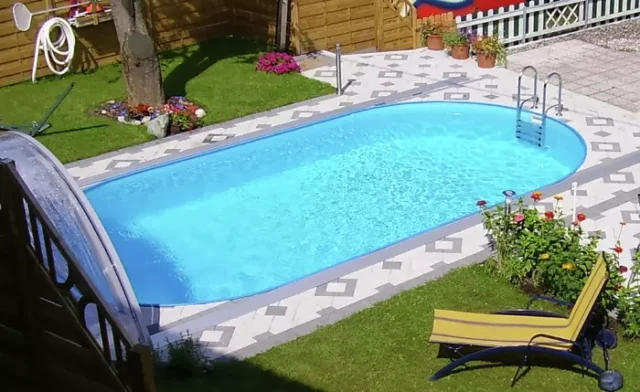
Oval-shaped models take up a considerable lot of space and have a timeless, beautiful appearance that is ideal for expansive backyards.
Freeform models
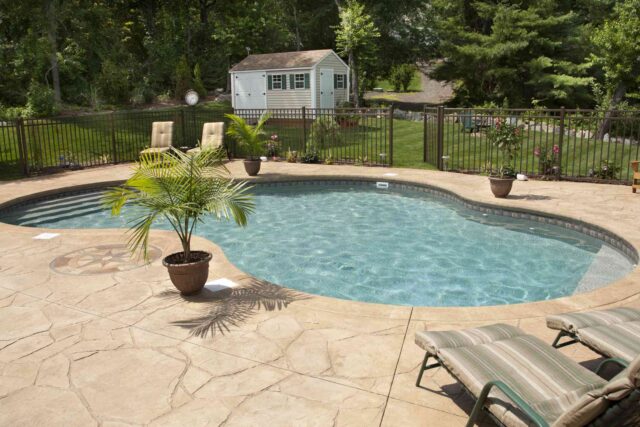
Freeform models have some amazing curves and are adaptable in terms of size and structure.
Geometric models (Multi-Sided models)
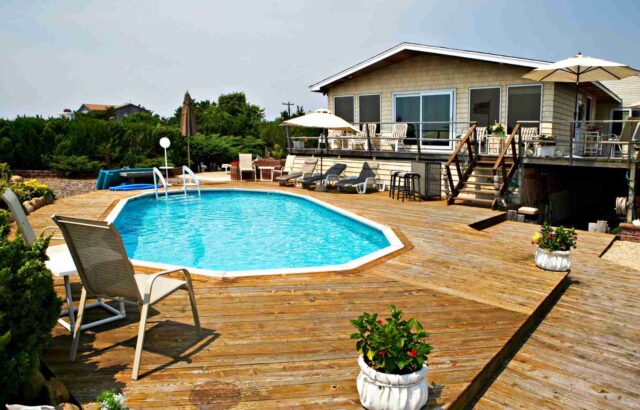
The geographical models have sharp patterns or lines that can be added in any direction you choose, allowing you to totally adapt the pool’s shape to the available space.
Figure 8 models
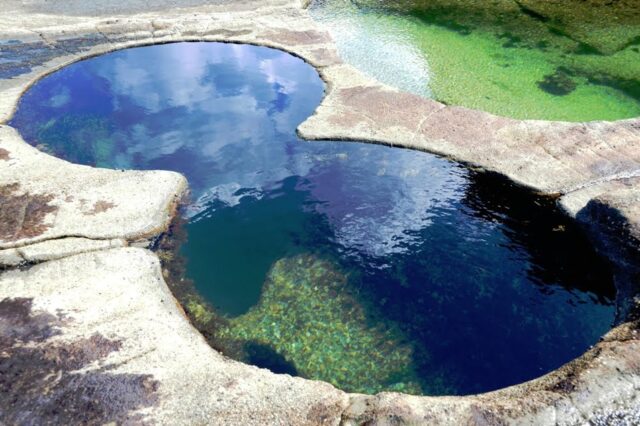
A perfect hourglass or an asymmetrical pair of interconnected circles are represented by the Figure 8 models. These are joined in the center by a tapered, thin link and are rounded on either end.
Kidney models
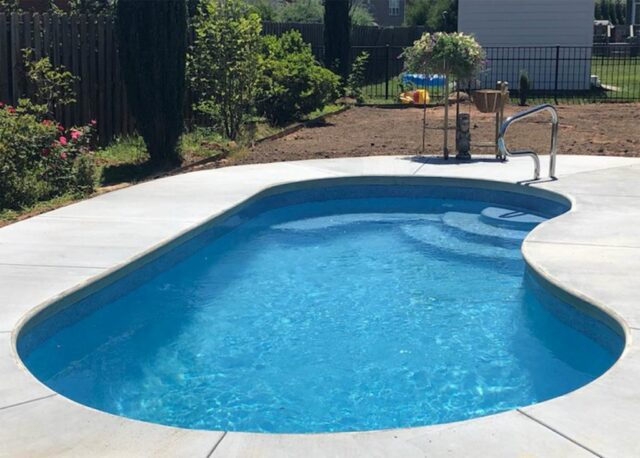
Actually, the patterns of these models resemble a bean. The water from a fountain or waterfall is circulated by the uneven shape’s hydrodynamic properties.
Roman models
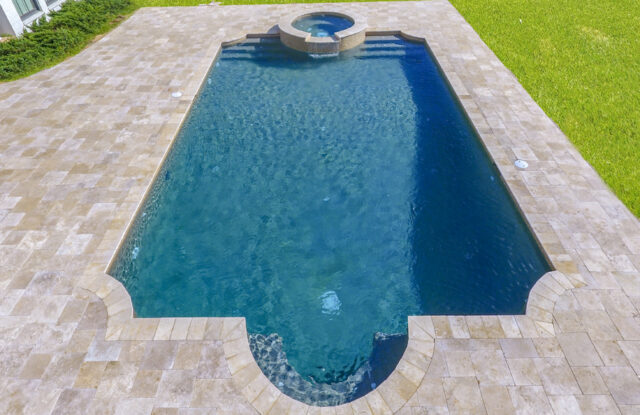
This particular pool is based on vintage designs. Roman models are divided into two categories: single Roman and double Roman. Both are formed by a sizable, rectangle shape and have curves or half-circles on ends.
Grecian models
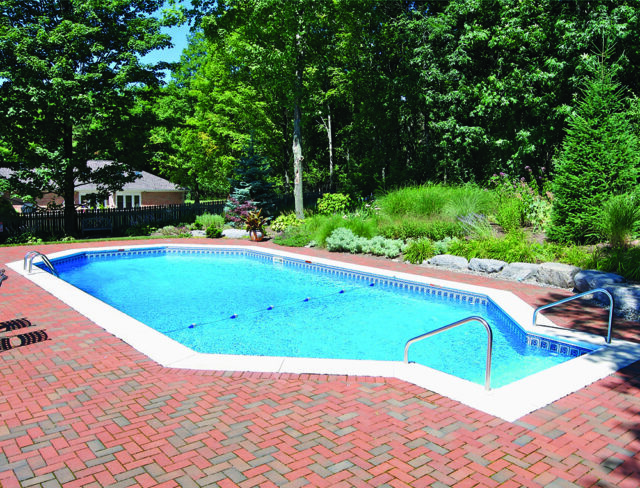
The Grecian model has a rectangle shape with the four corners clipped at a 45-degree angle.
Bottom Line
We have listed the primary aspects to consider before choosing a pool shape. Depending on the factors mentioned earlier and your personal preference, pick a shape ideal for your home and budget. Get assistance from professional water feature builders.

